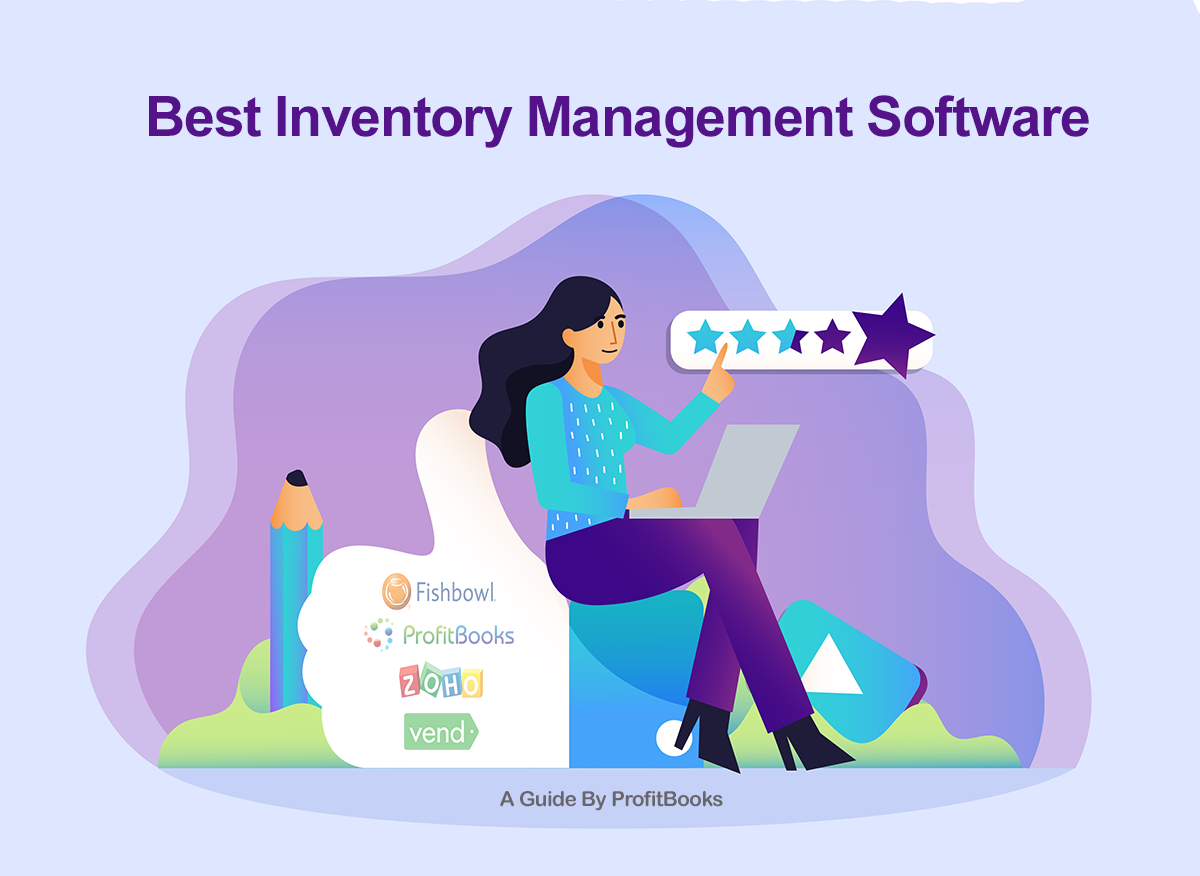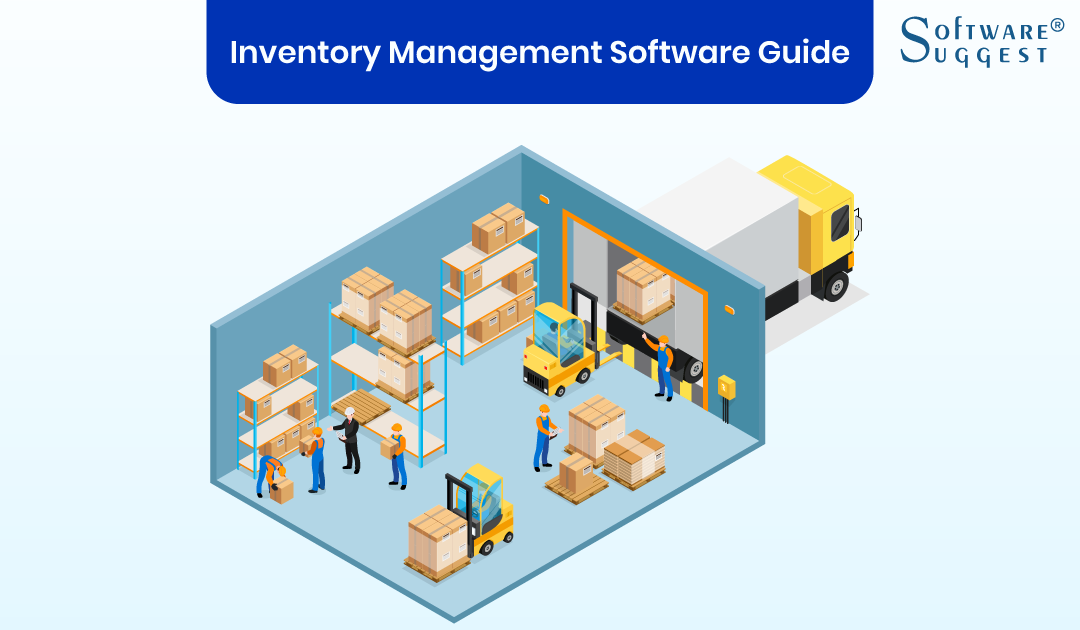Introducing the best inventory management software for large businesses, a comprehensive solution designed to streamline operations, enhance efficiency, and optimize profitability. Join us as we delve into the intricacies of inventory management, empowering you to make informed decisions that drive success.
In today’s competitive landscape, efficient inventory management is no longer a luxury but a necessity. With the right software, large businesses can gain real-time visibility into their inventory levels, automate processes, and make data-driven decisions that maximize profitability.
Key Features and Functionality
For large businesses, selecting the right inventory management software is crucial to streamline operations and maximize efficiency. Consider the following essential features and functionality:
Multi-Warehouse Management: Manage inventory across multiple warehouses and locations, providing a centralized view and real-time visibility.
Real-Time Inventory Tracking: Track inventory levels in real-time, ensuring accuracy and eliminating discrepancies.
Forecasting: Forecast demand based on historical data, seasonal trends, and market conditions to optimize inventory levels.
Reporting: Generate comprehensive reports on inventory levels, turnover rates, and other metrics to analyze trends and make informed decisions.
Inventory Optimization
Inventory optimization algorithms help businesses determine optimal inventory levels to minimize costs and avoid overstocking or stockouts.
Integration with Other Systems
Seamless integration with ERP, CRM, and other business systems ensures data consistency and streamlines processes.
Mobile Accessibility
Mobile apps allow users to access inventory information and manage tasks on the go.
Scalability
Choose software that can scale to meet the growing needs of your business as it expands.
Security
Ensure the software meets industry security standards to protect sensitive inventory data.
Comparison of Top Solutions: Best Inventory Management Software For Large Business
In the realm of large-scale inventory management, navigating the sea of software solutions can be a daunting task. To help you make an informed decision, we’ve meticulously analyzed and compared the top players in the industry.
Our comprehensive comparison table provides a side-by-side analysis of key features, pricing models, customer feedback, and the unique strengths that set each solution apart. This invaluable resource empowers you to evaluate and select the software that best aligns with your specific business needs and goals.
Comparison Table, Best inventory management software for large business
| Feature | Solution A | Solution B | Solution C |
|---|---|---|---|
| Inventory Tracking | Real-time, multi-location | Automated, with barcode scanning | Cloud-based, with mobile access |
| Demand Forecasting | Advanced algorithms, historical data analysis | Machine learning, predictive analytics | AI-driven, with demand sensing |
| Warehouse Management | Integrated with WMS, optimized picking and packing | Third-party integrations, customizable workflows | Cloud-based, remote warehouse monitoring |
| Pricing | Subscription-based, tiered pricing | One-time purchase, perpetual license | Usage-based, pay-as-you-go model |
| Customer Reviews | 4.5/5 stars (G2) | 4.7/5 stars (Capterra) | 4.2/5 stars (TrustRadius) |
| Key Differentiators | Robust reporting and analytics suite | Best-in-class mobile functionality | Exceptional customer support and training |
Implementation and Integration

Implementing and integrating inventory management software into large business operations requires careful planning and execution. Successful implementation involves data migration, training, and ongoing support to ensure seamless integration with existing systems and processes.
Data Migration
Data migration is crucial to transfer existing inventory data into the new system. It involves extracting, cleaning, and transforming data from legacy systems to ensure accuracy and consistency. This process requires careful planning to minimize data loss and maintain data integrity.
Training
Thorough training is essential for users to understand the functionality and benefits of the new software. It includes training on inventory management best practices, system navigation, and reporting capabilities. Effective training ensures users can effectively utilize the system and maximize its value.
Ongoing Support
Ongoing support is necessary to address technical issues, provide guidance, and ensure the system remains optimized. This support can be provided by the software vendor or a third-party provider. It ensures the system continues to meet the evolving needs of the business.
Benefits and ROI

Implementing inventory management software in large businesses brings about a plethora of benefits, leading to significant cost savings, enhanced efficiency, and improved customer satisfaction.
In terms of cost savings, the software streamlines inventory management processes, reducing labor costs associated with manual tracking and order fulfillment. Automated inventory tracking eliminates errors and overstocking, minimizing product loss and obsolescence costs.
Efficiency Gains
- Optimized inventory levels: The software maintains optimal inventory levels based on demand forecasting and historical data, reducing the risk of stockouts and overstocking.
- Improved order fulfillment: Automated order processing and real-time inventory visibility enhance order fulfillment accuracy and speed, reducing lead times and shipping costs.
- Enhanced warehouse operations: The software provides tools for efficient warehouse management, including inventory tracking, cycle counting, and warehouse layout optimization.
Improved Customer Satisfaction
- Increased product availability: Accurate inventory tracking ensures products are always in stock, improving customer satisfaction and reducing the likelihood of lost sales.
- Reduced lead times: Automated order processing and optimized inventory levels result in shorter lead times, enhancing customer experience.
- Improved order accuracy: The software minimizes order errors by providing real-time inventory visibility and automated order fulfillment, ensuring customers receive the correct products.
The return on investment (ROI) for inventory management software is substantial. Studies have shown that businesses can achieve cost savings of up to 30%, efficiency gains of 20%, and improved customer satisfaction of up to 15%. The software pays for itself within a short period, typically within 12-18 months.
Case Studies and Success Stories
Large businesses that have implemented inventory management software have witnessed significant improvements in their operations and profitability. Here are some notable case studies:
Success Story: Acme Corporation
- Acme Corporation, a global manufacturing company, faced challenges with inventory accuracy and visibility across multiple warehouses.
- By implementing an inventory management system, they improved inventory accuracy by 95%, reduced stockouts by 50%, and increased warehouse efficiency by 20%.
Success Story: XYZ Retail
- XYZ Retail, a large retail chain, struggled with managing inventory levels during peak seasons and preventing overstocking.
- After implementing an inventory management software, they optimized inventory levels, reduced inventory holding costs by 15%, and improved customer satisfaction by ensuring product availability.
Future Trends and Innovations
The future of inventory management software for large businesses is bright, with emerging technologies like artificial intelligence (AI), machine learning (ML), and the Internet of Things (IoT) poised to revolutionize the way businesses manage their inventory.
These technologies will enable businesses to automate tasks, improve accuracy, and gain real-time visibility into their inventory levels. This will lead to reduced costs, increased efficiency, and improved customer satisfaction.
AI and ML
- AI and ML can be used to automate tasks such as demand forecasting, inventory optimization, and replenishment.
- This can free up employees to focus on more strategic tasks, such as developing new products and improving customer service.
- AI and ML can also be used to improve the accuracy of inventory data.
- This can help businesses avoid stockouts and overstocking, which can lead to lost sales and increased costs.
IoT
- IoT devices can be used to track inventory levels in real time.
- This information can be used to improve inventory management and prevent stockouts.
- IoT devices can also be used to automate tasks such as inventory replenishment.
- This can help businesses save time and money.
Conclusion

As we conclude our exploration of the best inventory management software for large businesses, it’s evident that investing in the right solution can transform operations, reduce costs, and enhance customer satisfaction. By leveraging advanced technologies and embracing a data-driven approach, businesses can gain a competitive edge and unlock their full potential.
Remember, choosing the right inventory management software is a strategic decision that can set your business on a path to success. Empower your team with the tools they need to excel, and watch your business soar to new heights.
FAQ
What are the key benefits of using inventory management software for large businesses?
Inventory management software provides numerous benefits, including improved inventory accuracy, reduced carrying costs, enhanced customer satisfaction, and optimized cash flow.
How does inventory management software help businesses save money?
By optimizing inventory levels, reducing waste, and automating processes, inventory management software helps businesses save money on storage costs, procurement expenses, and labor costs.
What are the essential features to look for in inventory management software for large businesses?
Essential features include multi-warehouse management, real-time inventory tracking, forecasting and reporting capabilities, and integration with other business systems.